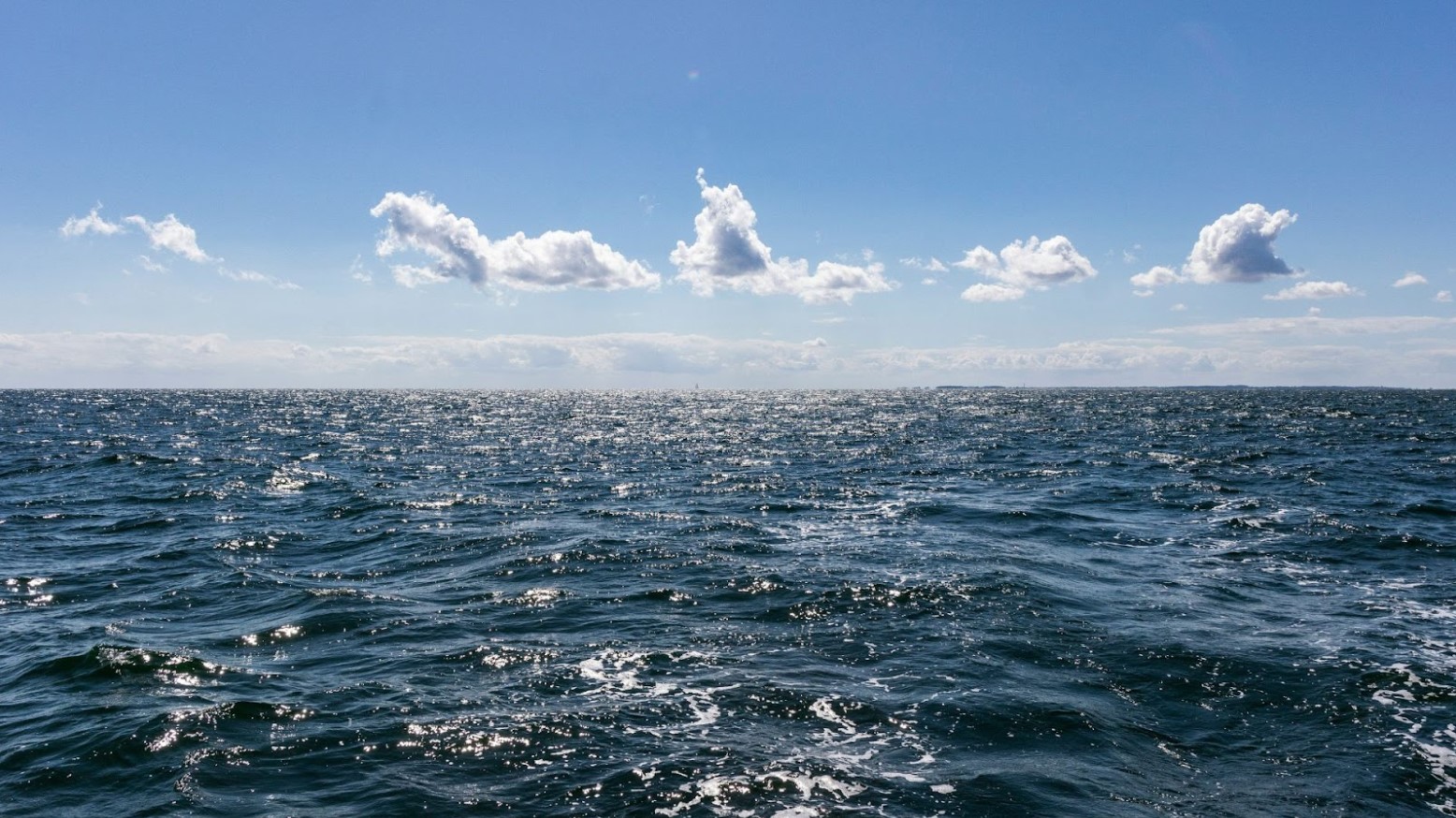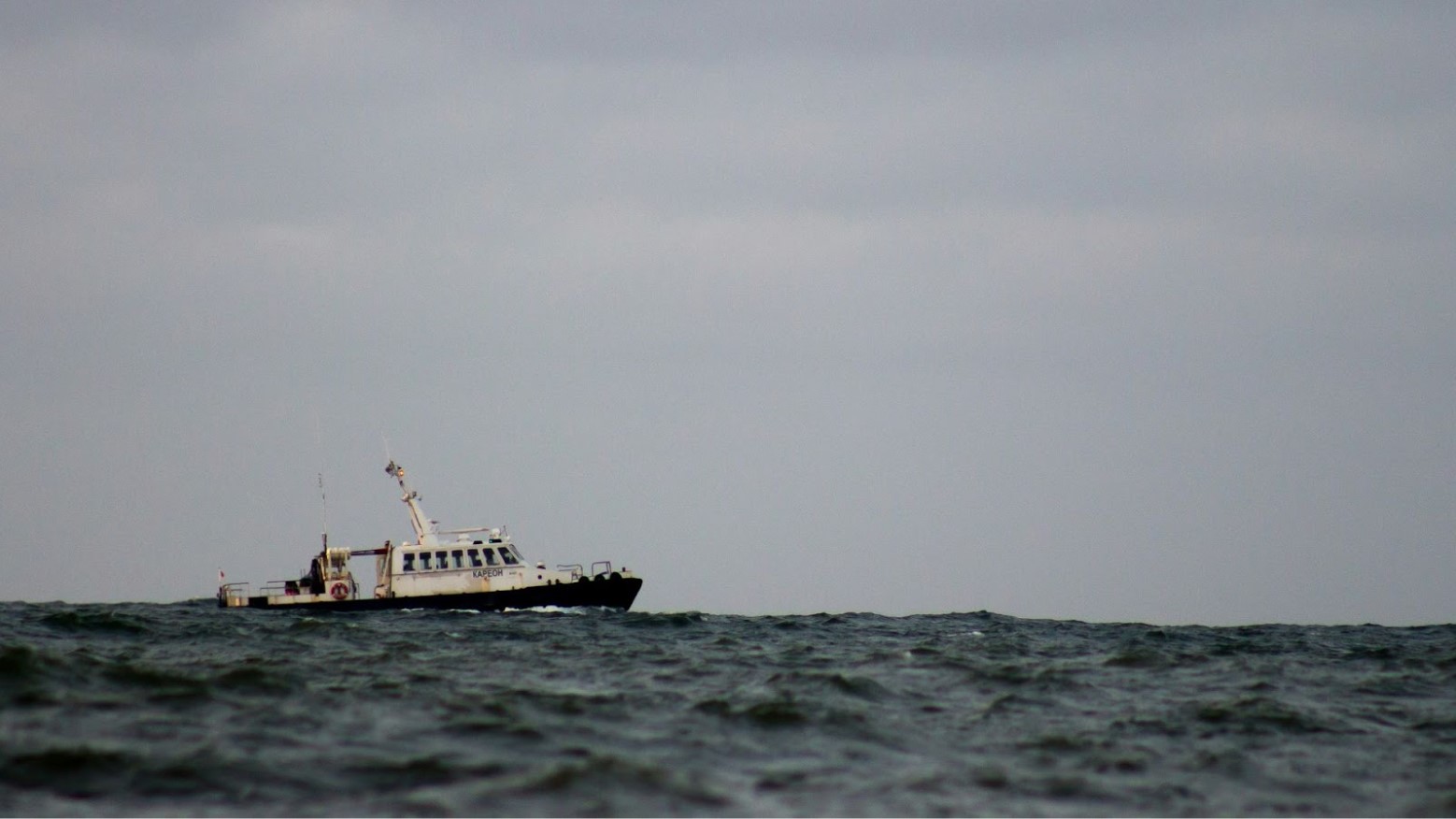Scientists Solve Long-Standing Mystery With “UFO-Like” Discovery at the Bottom of the Baltic Sea
Scientists believe they have solved the long-standing mystery of the “UFO-like” discovery found at the bottom of the Baltic Sea in 2011. This mysterious structure that appears to have stairs has left scientists and researchers dumbfounded for more than 10 years now.
However, some scientists believe they have finally solved the conundrum of this deep sea mystery — even if other researchers differ in opinion.
A Baffling Discovery in 2011
In 2011, Peter Lindberg and Denis Asberg, two Swedish explorers, were searching the Baltic Sea, hoping to uncover some treasure. When their sonar radars detected something rather unusual, they were stunned.

Source: Michael Held/Unsplash
Their radars seemed to detect a structure about 300 feet underneath the water. This huge object was almost perfectly circular and had a diameter of about 200 feet.
An Object With Stairs
Even more mystifying, this circular structure appeared to have “stair-like formations.” These stairs led to a dark hole, as well as to another unidentifiable object about 660 feet away from the main structure.

Source: Piotr Majcher/Unsplash
Obviously, this remarkable formation of the structure alone stunned the Swedish explorers. Researchers quickly got to work to try to uncover what this mystery was.
An Anomaly
Quickly, the mysterious object became known as the Baltic Sea Anomaly. As this mystery became better known as scientists tried to solve it, many felt that they’d seen this form before.

Source: Mack Male/Wikimedia Commons
The object had angular lines — and people began to liken it to the Millennium Falcon, the spaceship of “Star Wars” fame.
A UFO?
UFO enthusiasts also joined in on the talk about what the Baltic Sea Anomaly could be. Thanks to the circular structure and the stairs attached to it, many began to say it could be a UFO.

Source: Albert Antony/Unsplash
Others got more specific and said it could’ve been a shell of a UFO. As rumors flew around about this anomaly, scientists continued to work.
A Surprising Discovery
However, even the explorers who found the structure were stunned by what they found — and tried to keep it all quiet as they investigated.

Source: Markus Ewert/Unsplash
Asberg explained, “We wanted to look into it some more and decided to keep this totally quiet. We contacted geologists, marine biologists and when they said they had never seen anything like this, of course, more thoughts were triggered. It could be something really awesome that we’ve found.”
Theories on the Baltic Sea Anomaly
While some were convinced the anomaly was a UFO, others felt it was the remains of a lost, ancient civilization. Comparisons to Atlantis were quickly made. Meanwhile, some thought it could’ve been a World War II bunker or even a secret Nazi weapon.

Source: Christian/Unsplash
Explorer Lindberg explained that he felt the object had to have been constructed tens of thousands of years ago, likely before the Ice Age. “If this is Atlantis, that would be quite amazing,” Lindberg stated.
A Natural Formation?
However, Lindberg also reasoned it could simply be a natural formation thanks to an underwater volcano, or even a meteorite that crashed into Earth thousands of years ago.

Source: Marek Piwnicki/Unsplash
Though some may point to the circular formation of the structure as proof it is not a natural formation, marine archaeologist Göran Ekberg has stated that while it is “weird” that the object is “completely circular,” nature could still be to blame. “Nature has produced stranger things than that,” Ekberg explained.
Metal or Rock?
Since 2011, researchers have also fought over what the structure is even made of. While many have stated it is made of rock, others have declared it is actually made of metal.

Source: Etienne Martin/Unsplash
Stefan Hogerborn, a diver apart of Asberg and Lindberg’s Ocean X mission that discovered this anomaly, has repeatedly stated that this object is made of metal, as it interfered with the electrical and satellite equipment he had.
Interference With Equipment
According to Hogerborn, his equipment would cut out whenever he got close to the object. Hogerborn stated, “Anything electric out there, and the satellite phone as well, stopped working when we were above the object.”

Source: Anne Drotleff/Unsplash
Other researchers have backed Hogerborn’s claim, which has further fueled conspiracy about the anomaly. Geologist Steve Weiner also did tests on the object, which resulted in him saying that it was made of “metals which nature could not reproduce itself.”
Differences in Findings
Other researchers have found different findings in their analysis of the object — and therefore believe it’s made of rock.

Source: Stefanie Jockschat/Unsplash
Volker Brüchert, a geologist at Stockholm University, explained, “What has been generously ignored by the Ocean-X team is that most of the samples they have brought up from the sea bottom are granites and gneisses and sandstones.”
The Anomaly Solved?
Now, most scientists agree that the anomaly was likely created by glacial movements during the Ice Age, and it’s made of either basalt or sandstone. While these theories do differ from one another, most agree that it was somehow created from a naturally occurring phenomenon.

Source: Aleksey Malinovski/Unsplash
However, some researchers differ in their opinion. Lindberg, who discovered the object, remains open-minded about it. “I have been the biggest skeptic, I was kind of prepared for finding just stone. For me, it has been an amazing experience,” he said.
